Lightrix
#lightArt, #programming, #interactionDesignLightrix is a dynamic light painting that lets users manipulate a tangible Arduino sketch through a wireless Bluetooth connection. It’s the physical evolution of my code-art explorations.
My goal is to create a light canvas that will run Processing sketches and seamlessly respond to gestural interactions and other user input.
Background
I’ve been fascinated by algorithmic art ever since 2011. It’s what piqued my interest to pursue computer science at Grinnell College in the first place with CSC 151. In that class, we learned the fundamentals of functional programming through scripting algorithmic GIMP images with Scheme. I got hooked!
I’ve also always enjoyed the more tangible artistic expressions and enhanced my CS education with a whole bunch of Studio Art classes. I wanted balance the time I spent creating things with my mind with the time I spent creating things with my hands.
I loved my Code Art sketches and I wondered how I could decouple them from the computer screen. I wanted to create an LED matrix to serve as a real-world sketch canvas, to be able to enjoy playing with algorithmic art without the necessary presence of my laptop.
How is it made?
Lightrix is brought to you through the magic of a NeoPixel string cut up and soldered in a ZigZag pattern. I’ve always been bad at soldering, but this project forced me to solder for three hours straight, and I think I finally got the hang of it...
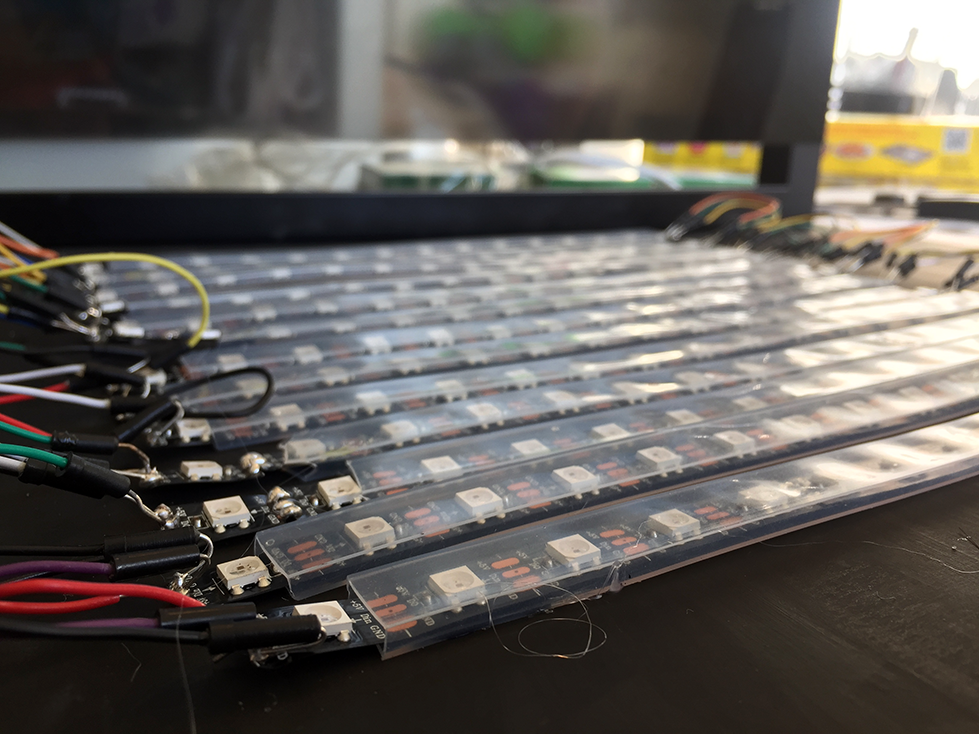
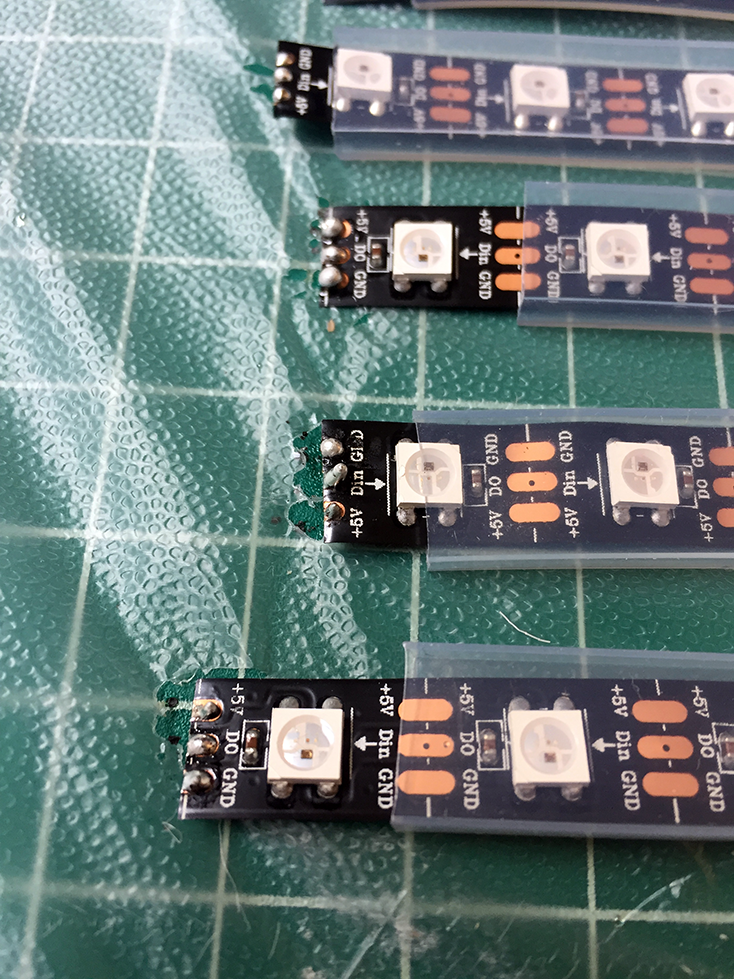
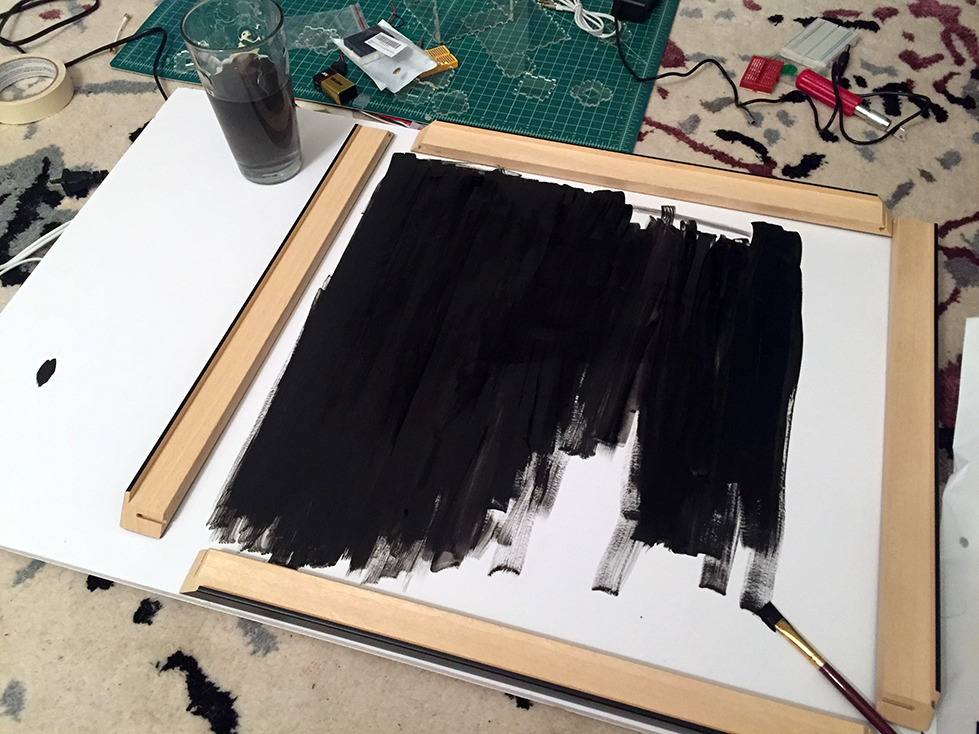
The logic for the painting is handled by an Arduino Uno. To diffuse the lights and create some interesting visual effects when looking at the painting from different angles, I crumpled up some wax paper and a placed a dense screen protector on top.
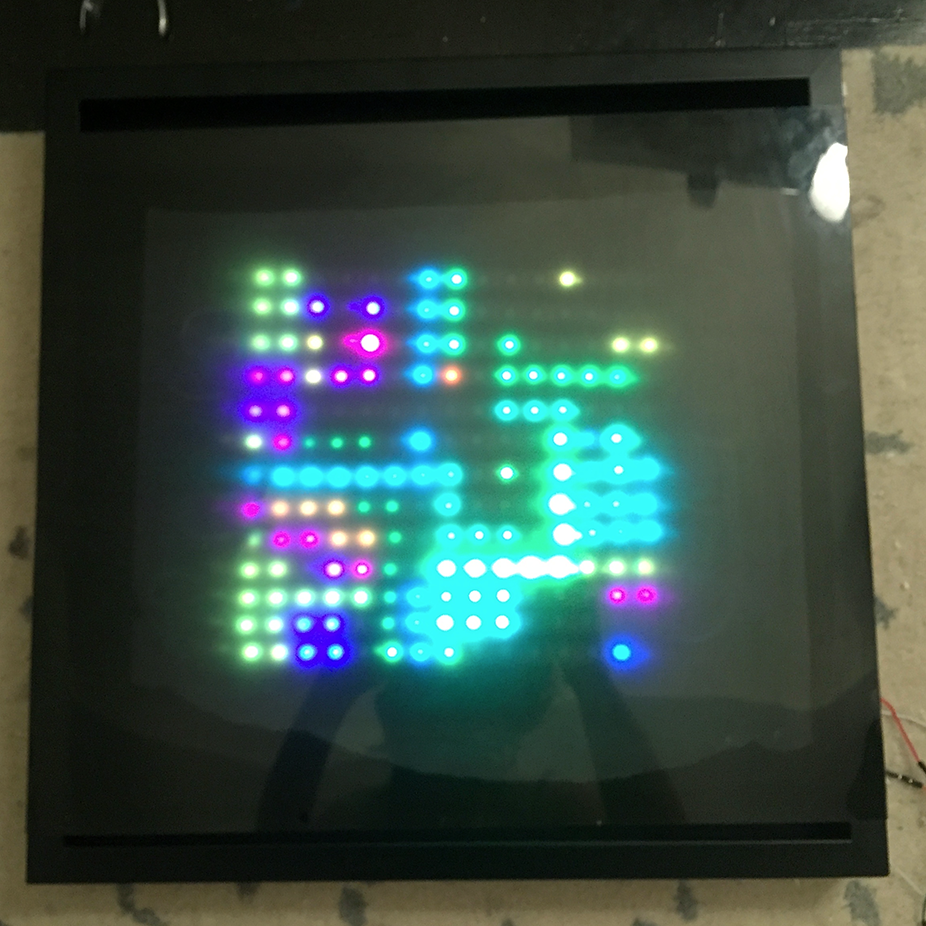
Light in the dark
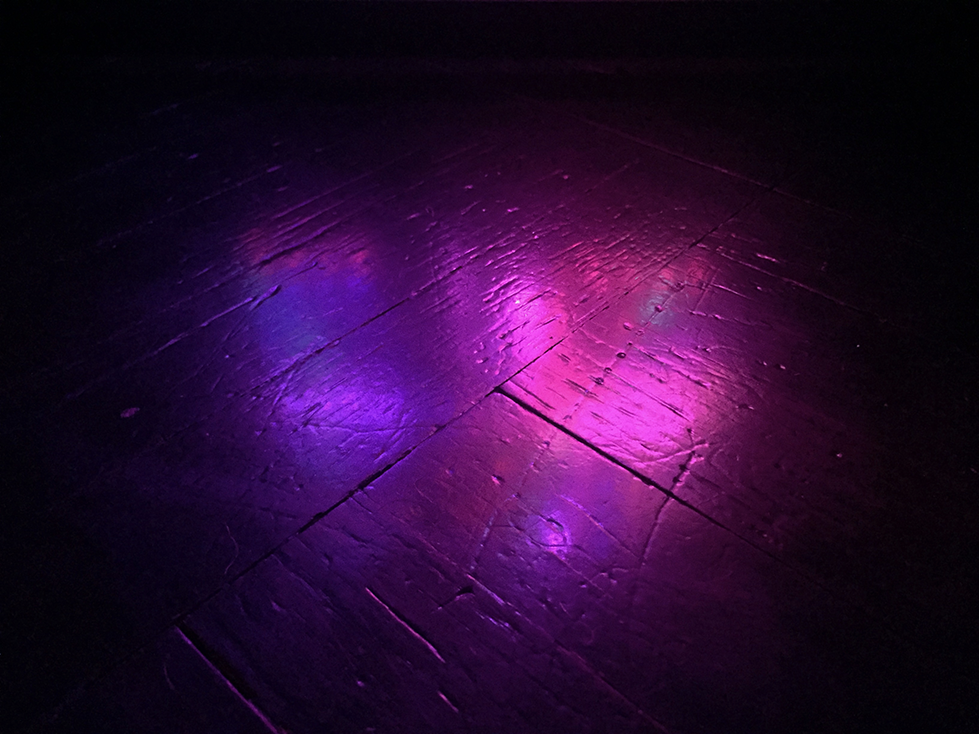

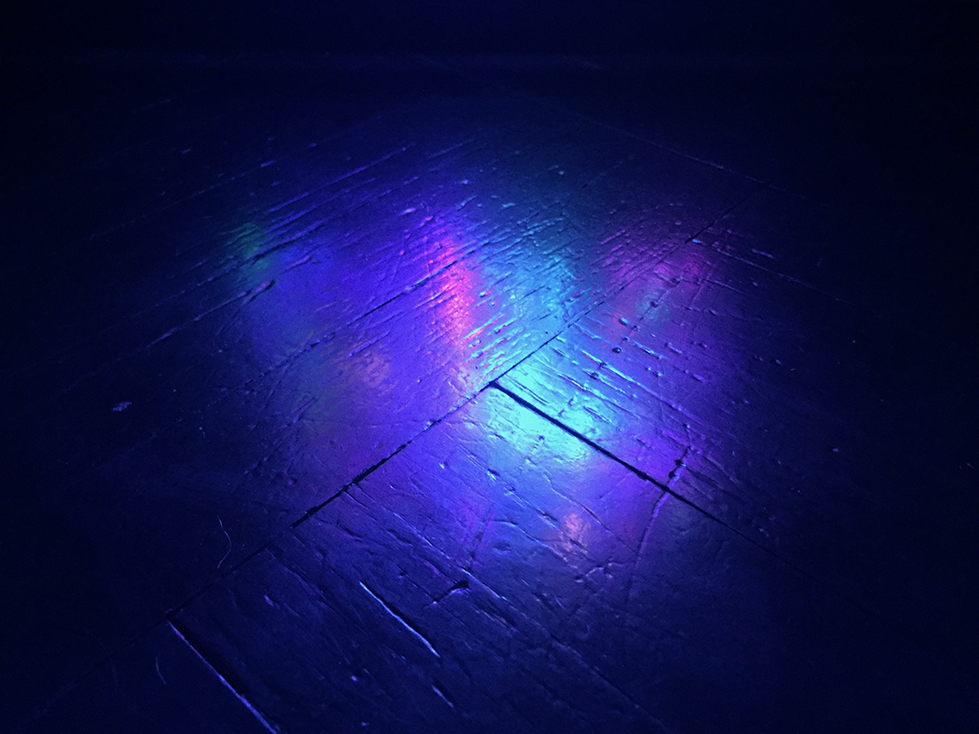
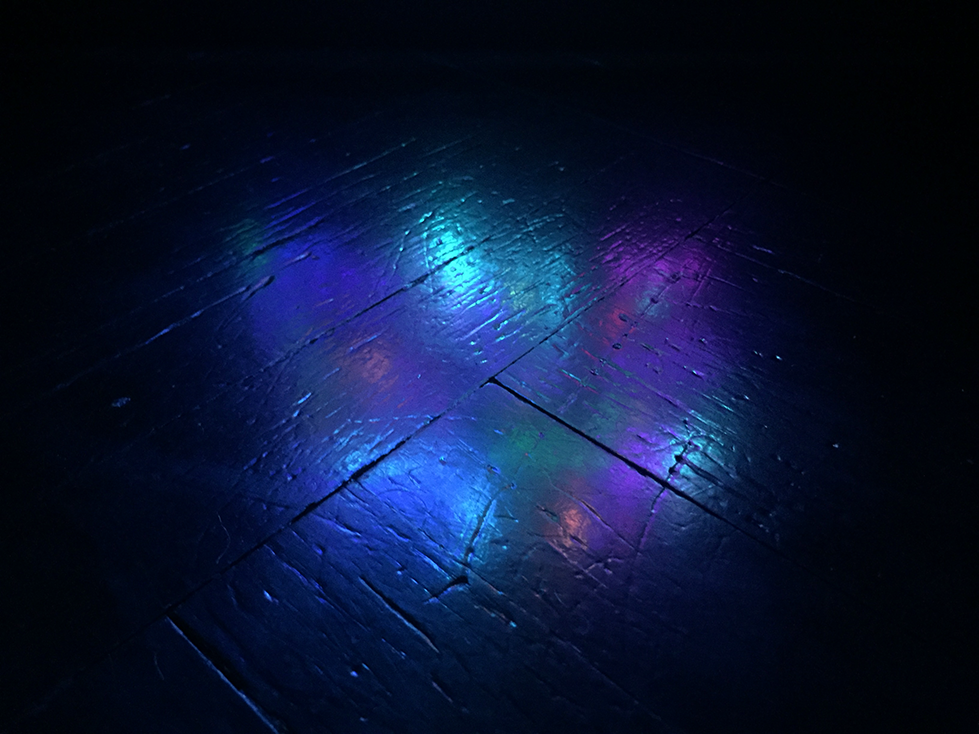
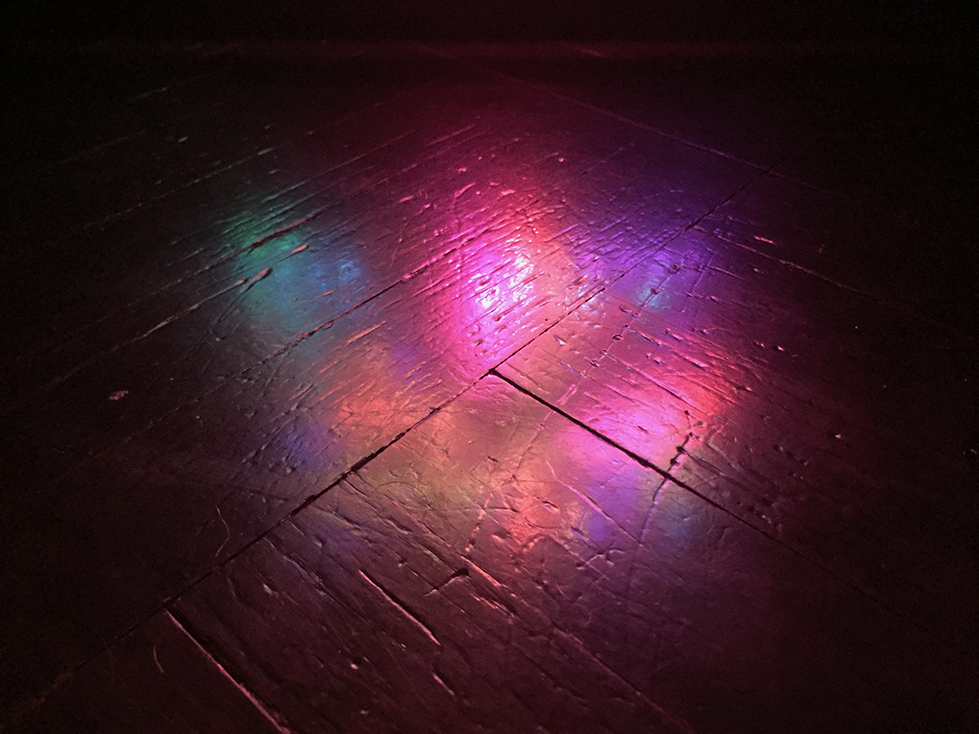
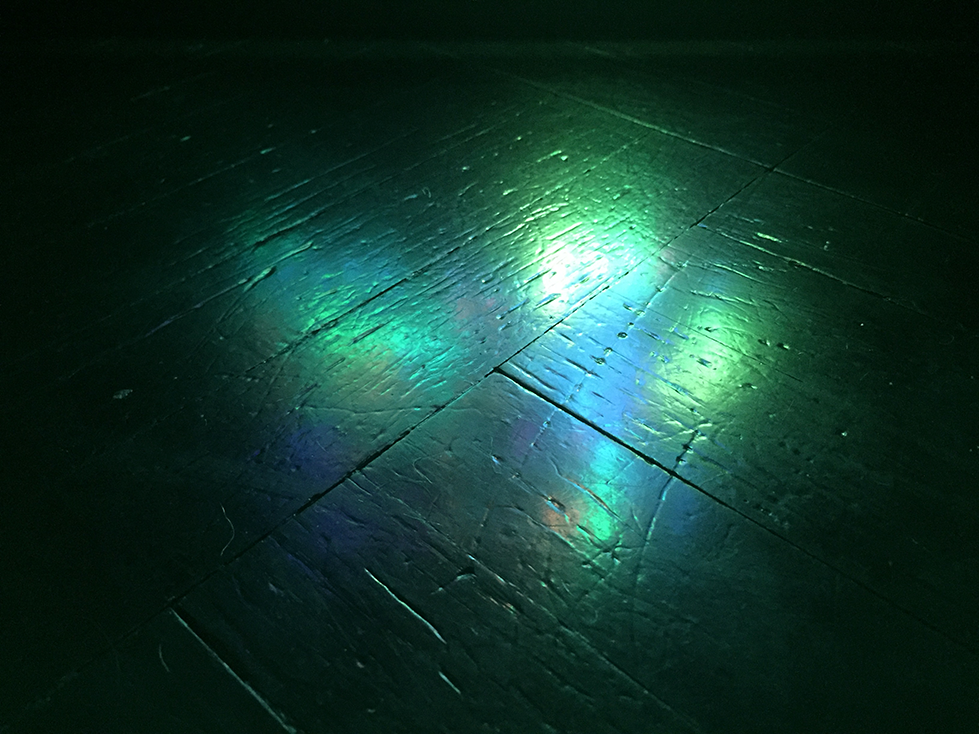
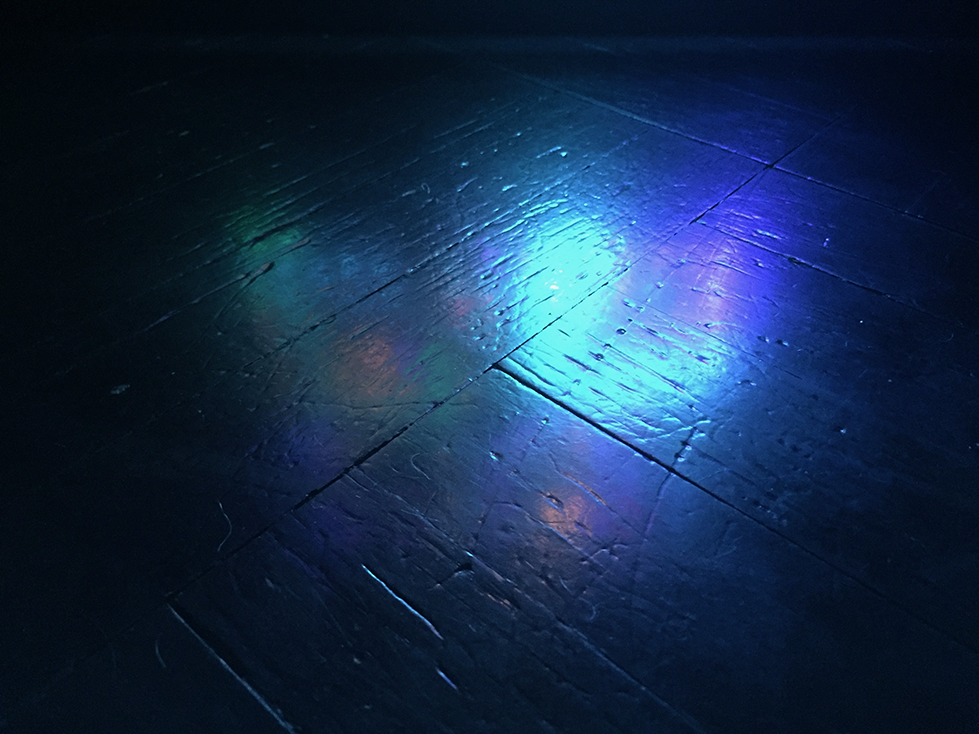
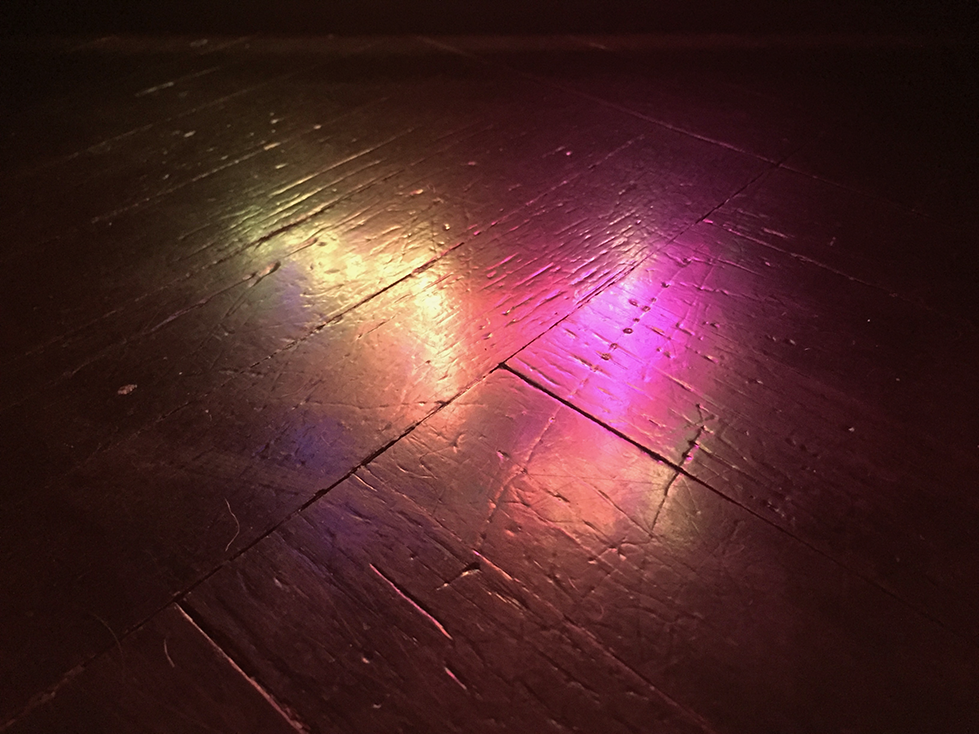



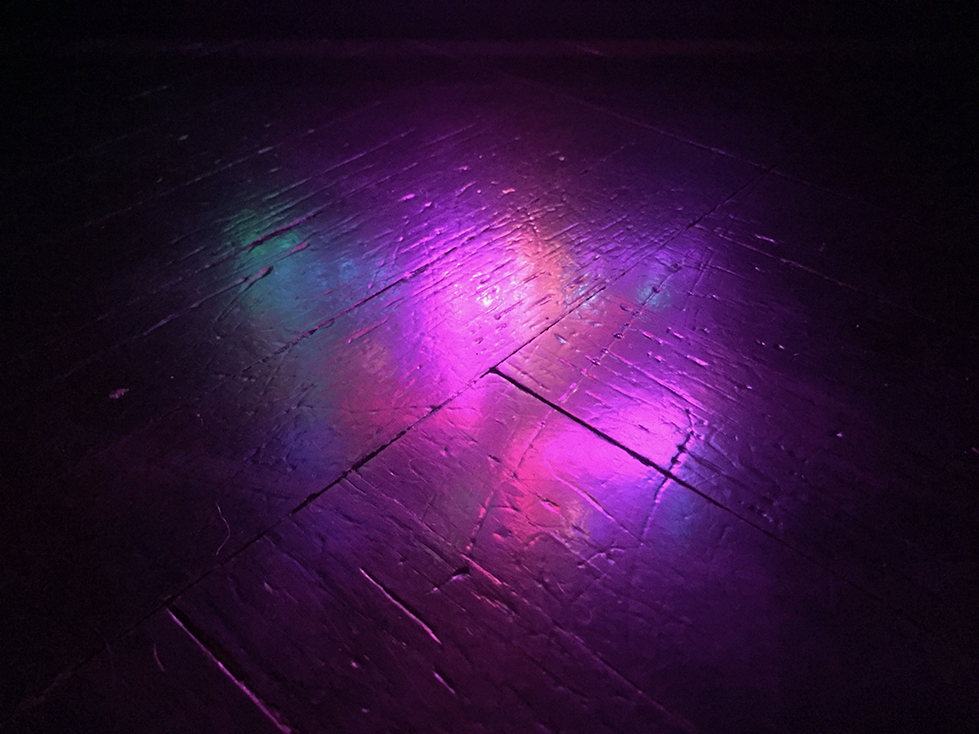
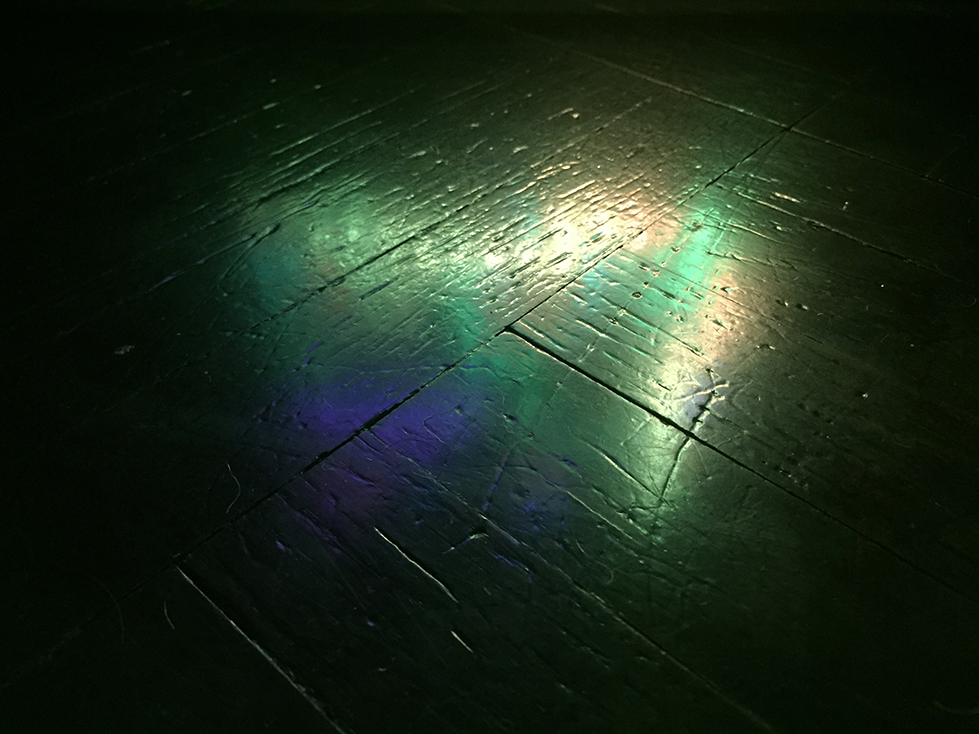


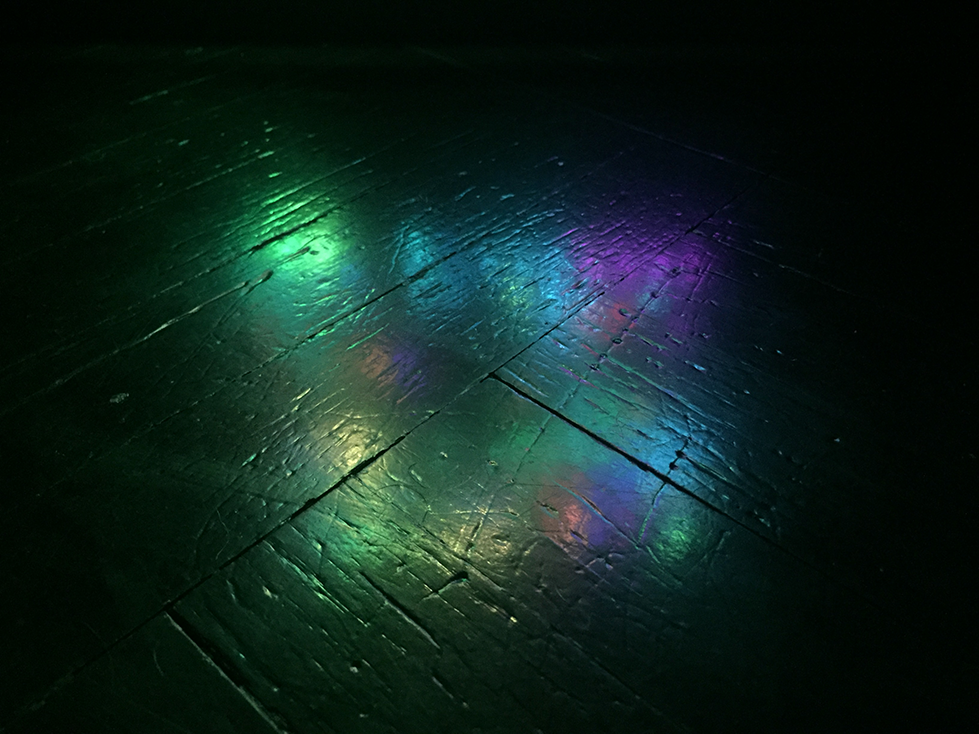
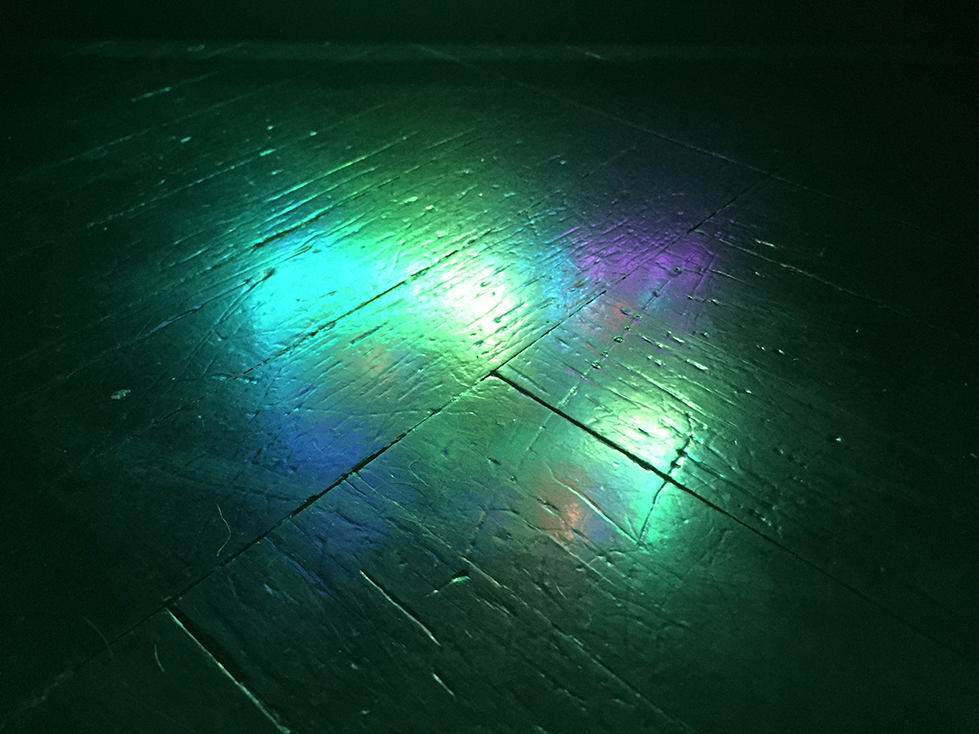
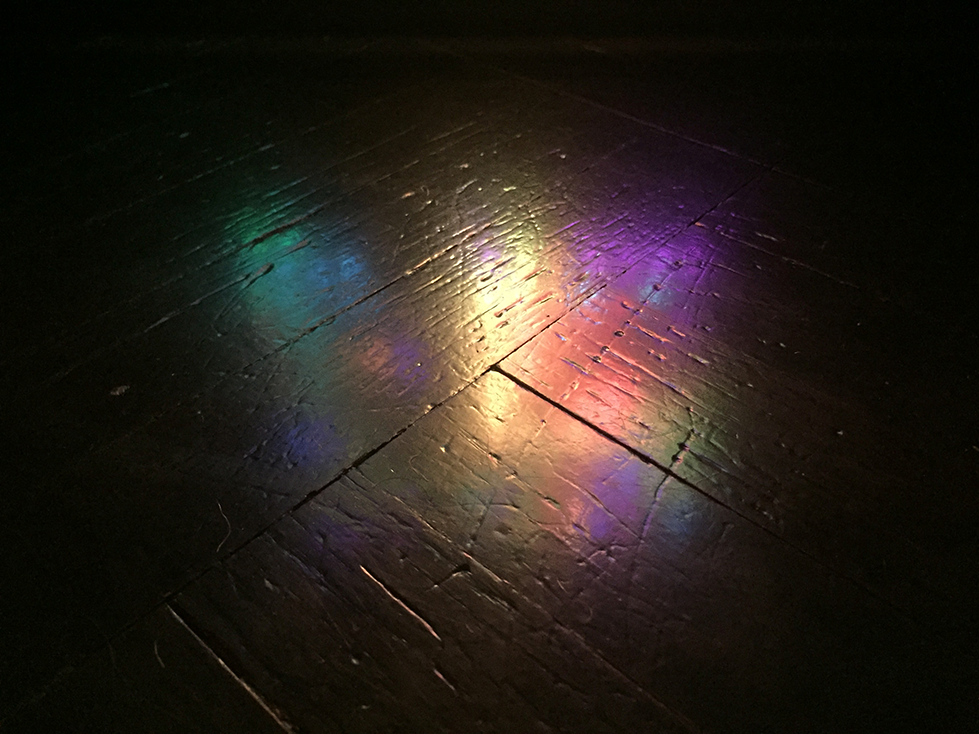
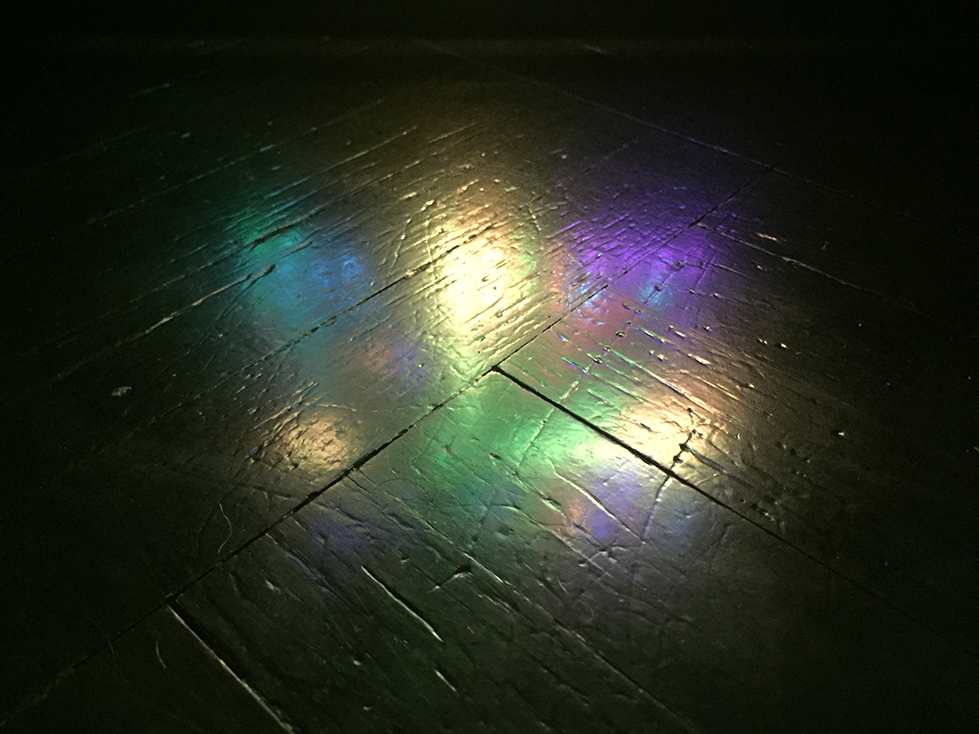

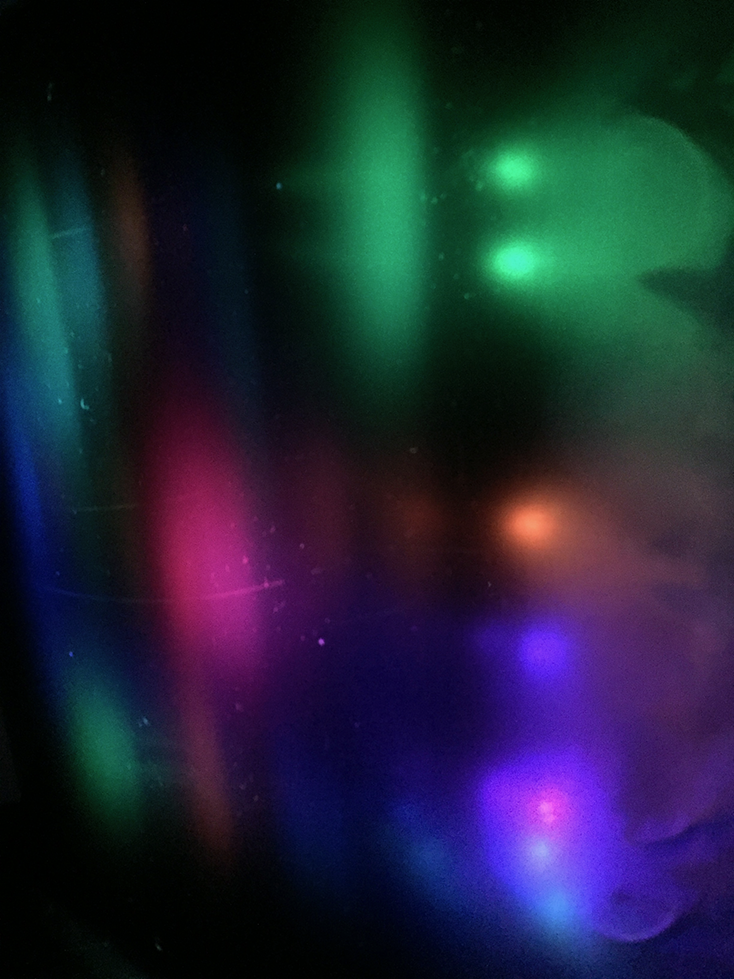
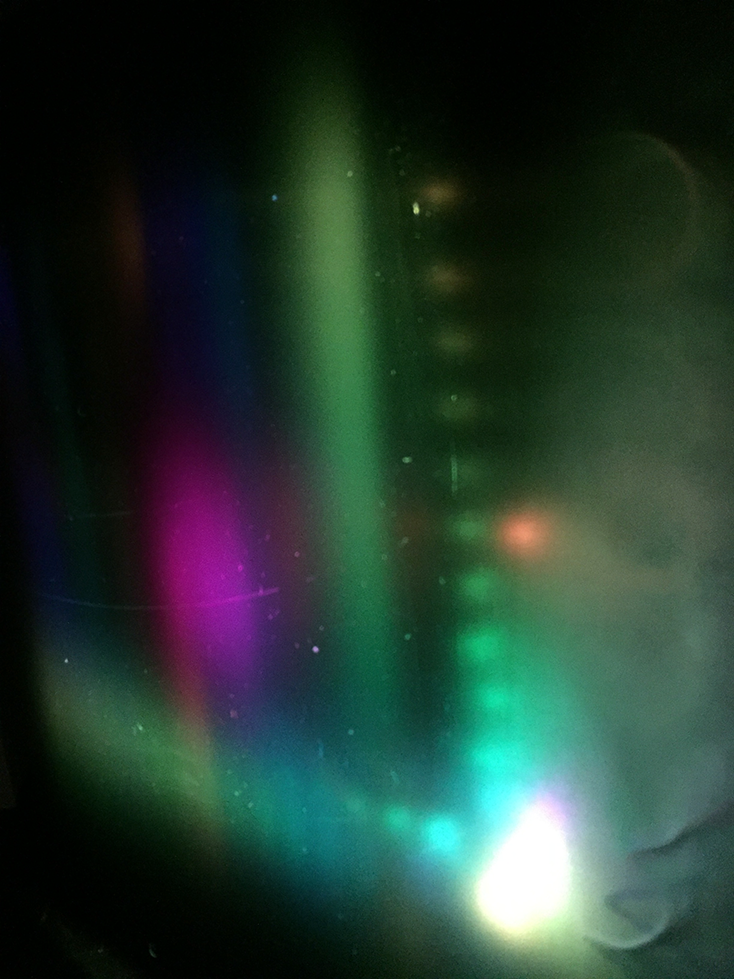
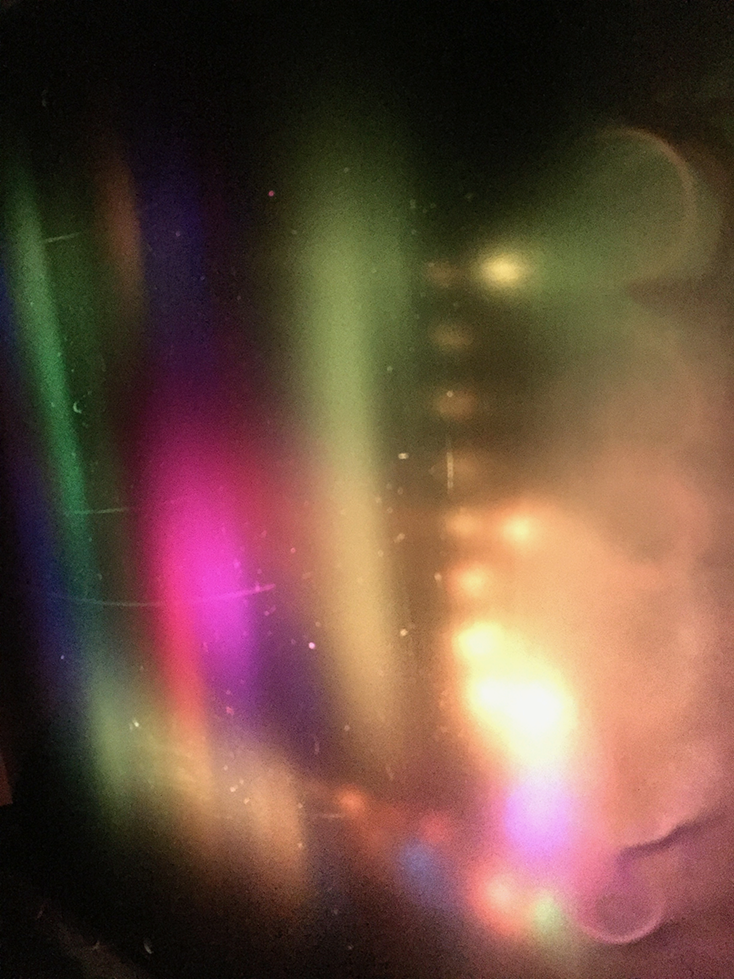
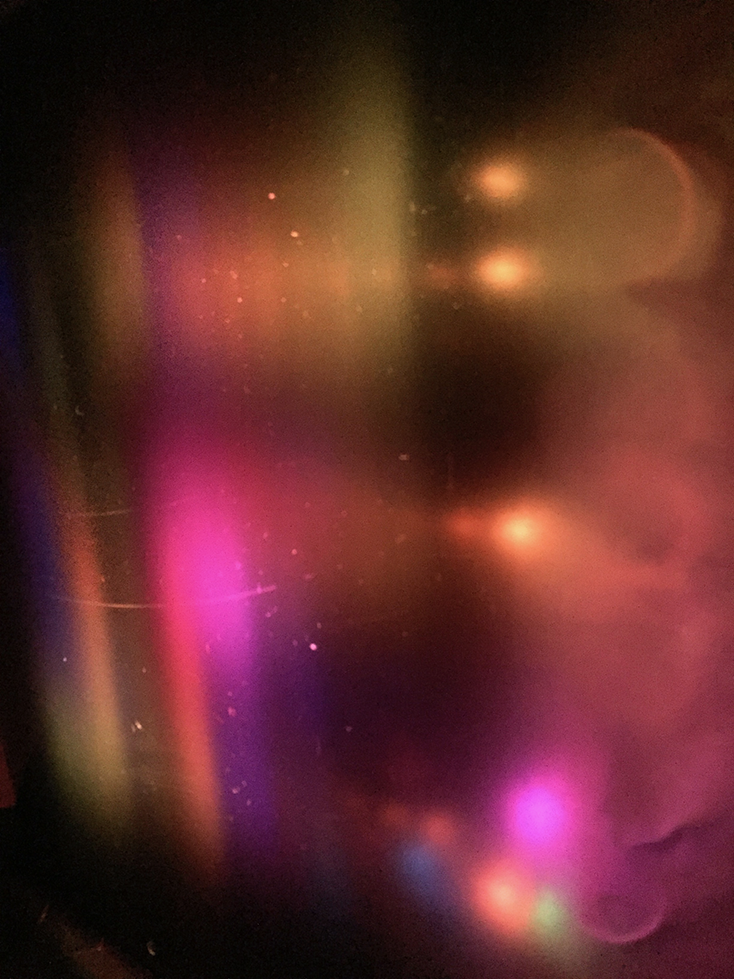
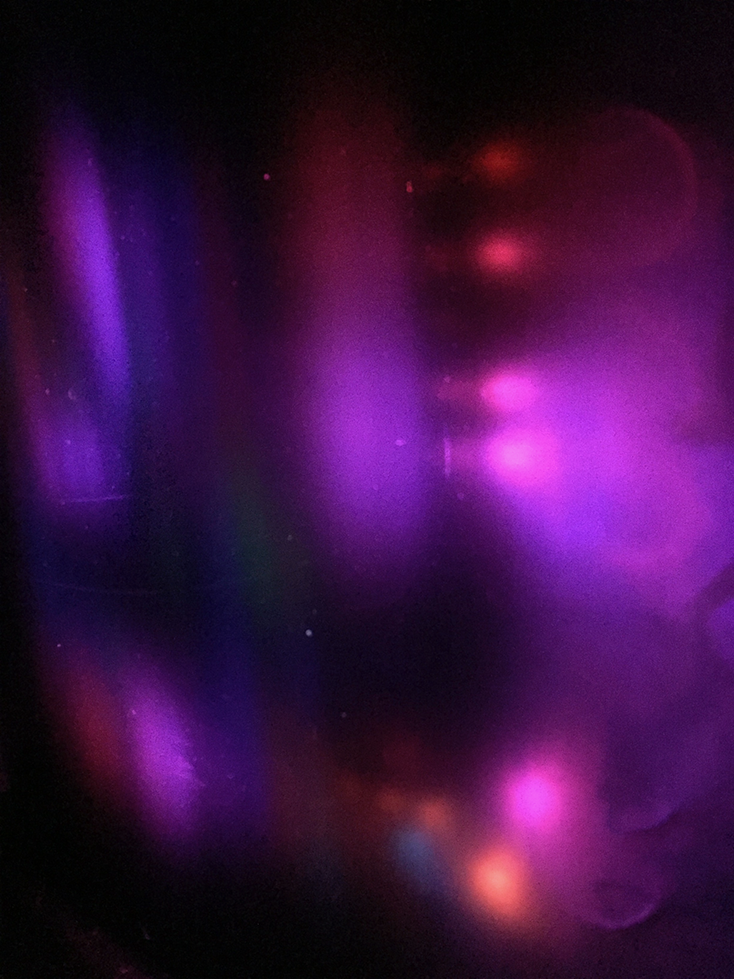
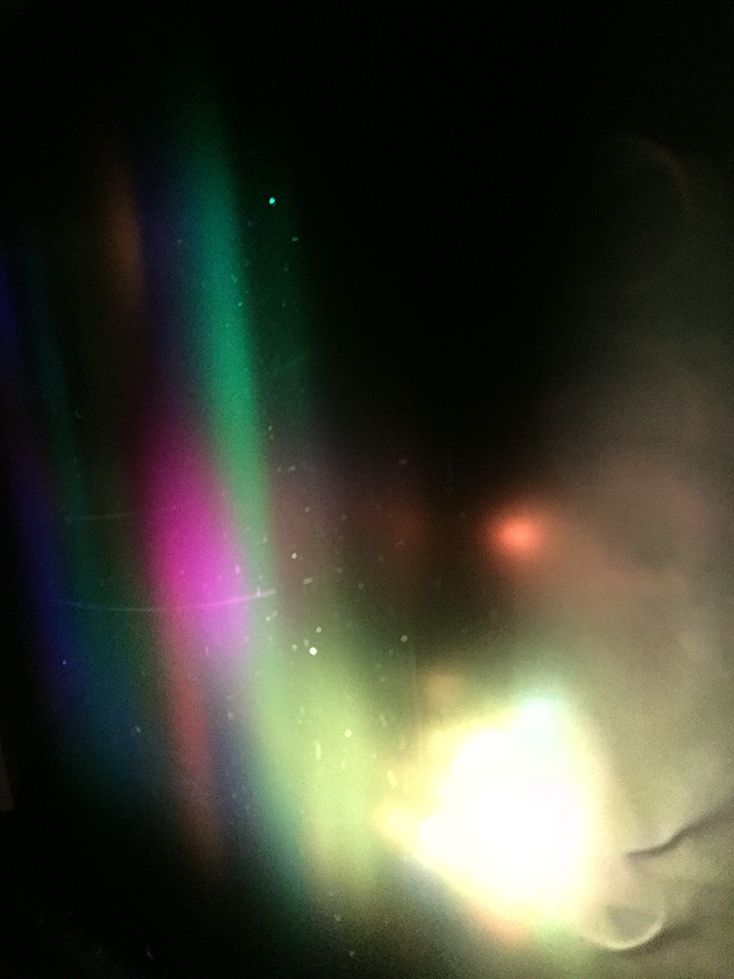
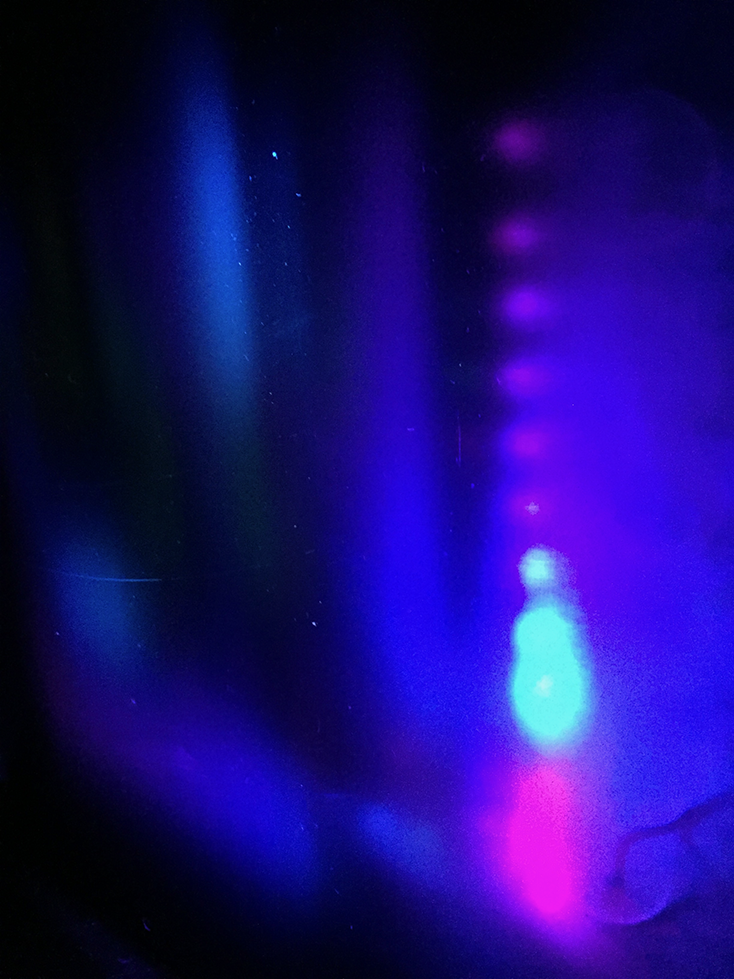
Next steps
At the moment, Lightrix is running a piece of C++ software that’s a little hard to understand, decipher and manipulate.
I want to push the project further so that creating your own tangible sketches will be possible through Processing or p5.js.
In the future, Lightrix will respond to different types of sensory input and allow users to paint with their fingers. The goal is to allow for easier blending of art in the digital with the physical—for everyone.
Resources
GitHub
The Magic of NeoPixels, Adafruit
Fast LED
Fast LED Google Group
SmartMatrix
Awesome Physical Computing Video Tutorials, Great Scott
Make YouTube channel
Shrinkify your Arduino project
Electrical engineering stack exchange